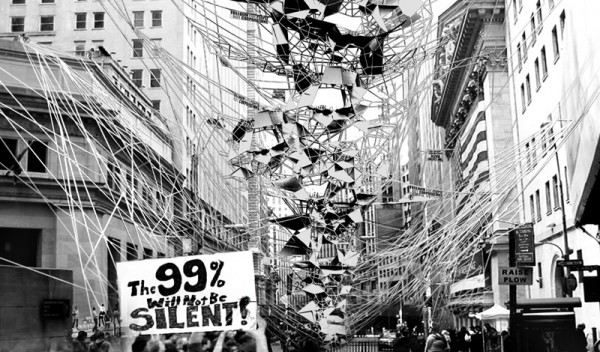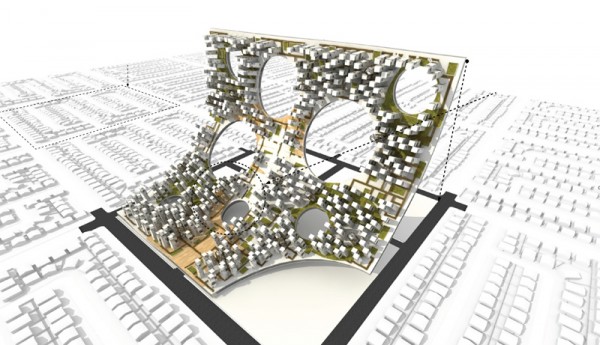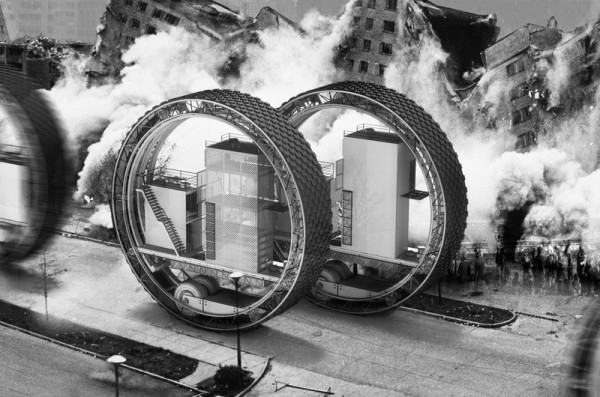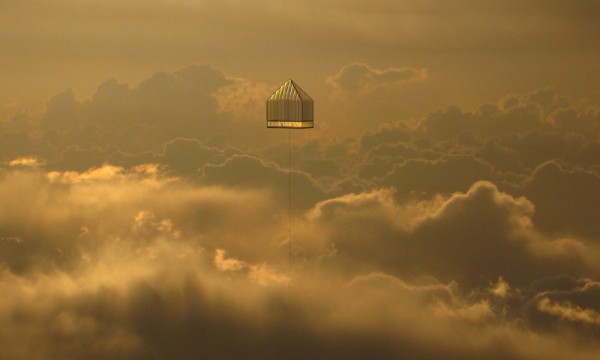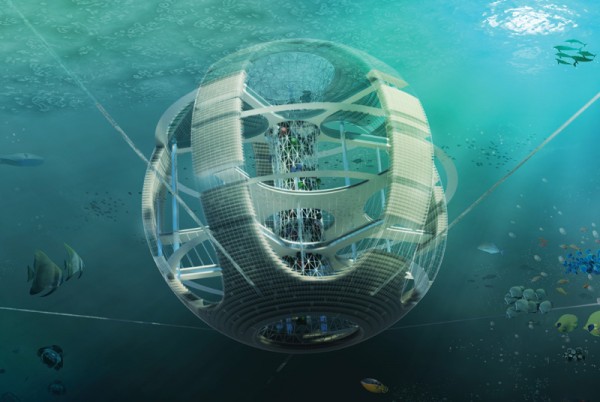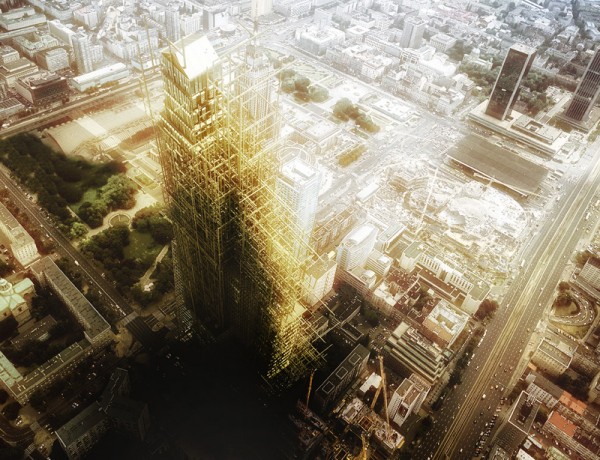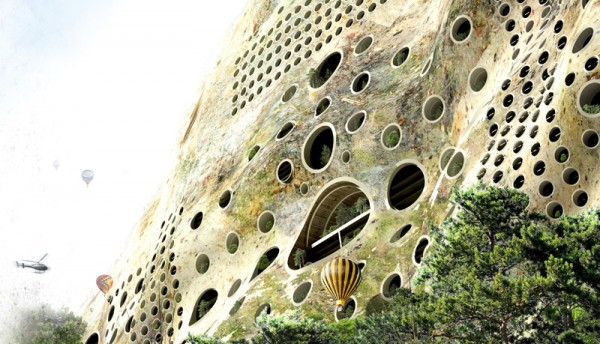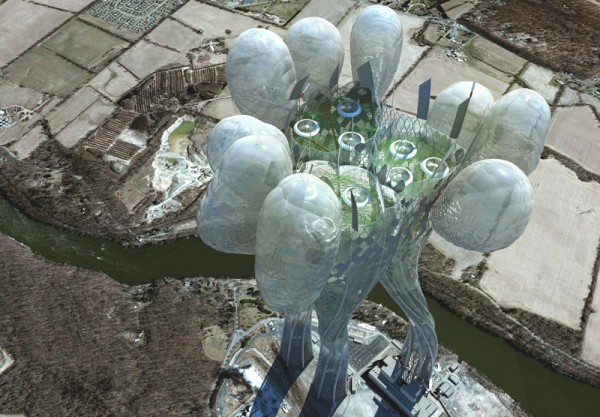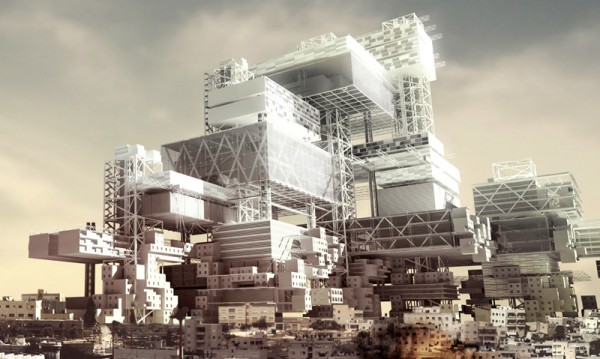Honorable Mention
2012 Skyscraper Competition
Victor Kopieikin, Pavlo Zabotin
Ukraine
Natural disasters, the threat of technological meltdown and even the possibility of visitors from space all present a need for cities and even countries to reorganize to implement infrastructure that can protect people from possible catastrophes.
The “Citadel Skyscraper” project is imagined for Japan because of the numerous natural and manmade disasters that have struck the region in recent years. The project proposes a three-part implementation of new structures with an end result of protecting the island with a fortress-like defense shield. The first part involves a restructuring of the land use of all of the country’s major cities as residents are moved out of the city proper. Businesses and commercial endeavors will stay located within the cities, but residents will move out to sea and live in self-supporting residential skyscrapers, or citadels. The second part specifies the location of these citadels: They will be lined up as a single “sheet”, creating a barrier 2-3 km from the shoreline that can protect the mainland from tsunamis. The skyscrapers themselves are connected by a system of breakwaters and drainage channels, and are able to withstand waves up to 50 meters tall. These are further bolstered by a connected series of fiber sails, buried as deep as 1,200 meters, that surround the island. When the waves hit the sails and meet the oscillations of its stretched fibers, such a dissonance is created that the wave is reduced to nothing. Read the rest of this entry »


